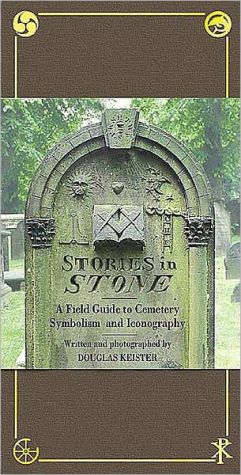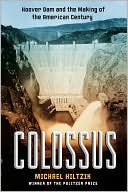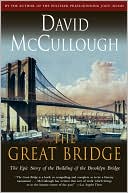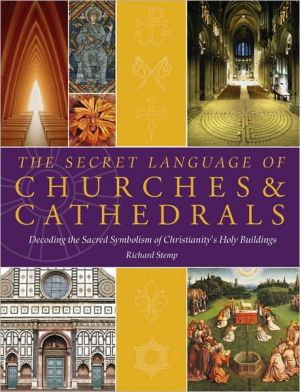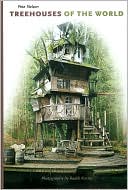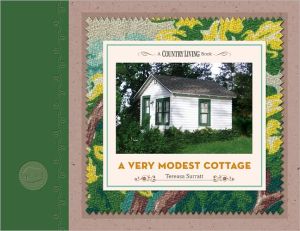Stories in Stone: The Complete Guide to Cemetery Symbolism
Stories in Stone\ The Complete Illustrated Guide to Cemetery Symbolism\ The language of symbols is one that has been with us from the beginning of recorded history. Our everyday life is full of symbols. We see many of them when we are driving: arrows point us in the right direction, upside-down pyramids tell us of slow-moving vehicles, and octagons caution us to stop. There are multitudes of business symbols we encounter everyday: a stylized pair of golden arches indicates there's a...
Search in google:
Certain symbols abound in modern Western culture that are instantly recognizable: the cross signifies Christianity, the six-pointed Star of David is revered by Jews, the golden arches frequently means it's time for lunch. Other symbols, however, require a bit of decoding-particularly those found in cemeteries. Cemeteries are virtual encyclopedias of symbolism. Engravings on tombstones, mausoleums and memorials tell us just about everything there is to know about a person- date of birth and death as well as religion, ethnicity, occupation, community interests, and much more. In the fascinating new book Stories in Stone: The Complete Guide to Cemetery Symbolism by noted author Douglas Keister, the secrets of cemetery symbolism are finally revealed. For instance, did you know that it is quite rare to see a sunflower on a tombstone? Did you know that the human foot symbolizes humility and service since it consistently touches the earth? Or the humble sheaf of wheat-while it is often used to denote someone who has lived a long and fruitful life, do you know other meanings it might carry? Stories in Stone provides history along with images of a wide variety of common and not-so-common cemetery symbols, and offers an in-depth examination of stone relics and the personal and intimate details they display-flora and fauna, religious icons, society symbols, and final impressions of how the deceased wished to be remembered. Douglas Keister has created a practical field guide that is compact and portable, perfect for those interested in family histories and genealogical research, and is the only book of its kind that unlocks the language of symbols in a comprehensive and easy-to-understand manner. Douglas Keister has photographed fourteen award-winning, critically acclaimed books (including Red Tile Style: America's Spanish Revival Architecture, The Bungalow: America's Arts & Crafts Home, and Storybook Style: America's Whimsical Homes of the Twenties) earning him the title "America's most noted photographer of historic architecture." He also writes and illustrates magazine articles and contributes photographs and essays to other books, calendars, posters, and greeting cards. Doug lives in Chico, California, and travels frequently to photograph and lecture on historic architecture and photography.
CEMETERY enthusiasts know that cemeteries are a vast treasure trove of art and architecture. The fact is, cemeteries are America's most unspoiled resource of historic arcitecture. It would take many hours of strolling in a city's downtown historic district to find the number of styles of architecture that one can find in a few minutes' walk in most large historic cemeteries. Most cemetery architecture is a mirror of the urban architecture of the time. Gothic cathedrals, Classical Revival city halls, Art Deco theaters, and rustic cast-iron garden furniture can all find their counterpart in the cemetery. And there are some styles of architecture that can be found only in cemeteries; we'll call this architecture "uniquely funerary."\ Up until the Reformation in the sixteenth century, most cemeteries consisted primarily of randomly placed headstones.Wealthy folks purchased their way into being buried within the walls and floors of their church. But a series of edicts and a slowdown of church construction during the Reformation essentially put an end to burial within the church. Moneyed types started looking outside the walls of the church to erect a suitable memorial to themselves and their families. Elaborate statuary, tombs, and monuments slowly began to find their way into formerly stark churchyards and city cemeteries.When garden cemeteries with vast landscaped expanses began to be developed in the early nineteenth century, they became a new architectural frontier for America's architects, artists, designers, and builders.
Preface7Introduction10Funerary Architecture: Designed for EternityMausoleums, Chapels, Offices12Tombs, Sculptures, Memorials26The Sarcophagus27Stone Sentinels: Designed for RemembranceFlora40Plants and Flowers41Fruits, Grains, and Vines55Trees and Bushes60Fauna68Animals69Fowls and Insects77Fishes and Mollusks86Reptiles and Amphibians89Mythical Creatures92The Evangelists95The Human Condition100The Seven Virtues102Human Body Parts105Worldly Symbols110Mortality Symbols126Religious Devotion140Christian Symbolism141Hebrew Symbolism153Chinese and Japanese Symbolism159Heavenly Messengers162The Cross172Secret Societies, Clubs, and Fraternal Organizations180Acronyms of Societies, Clubs, and Organizations204Final Impressions228Gallery257Suggestions for Further Reading279Index280
